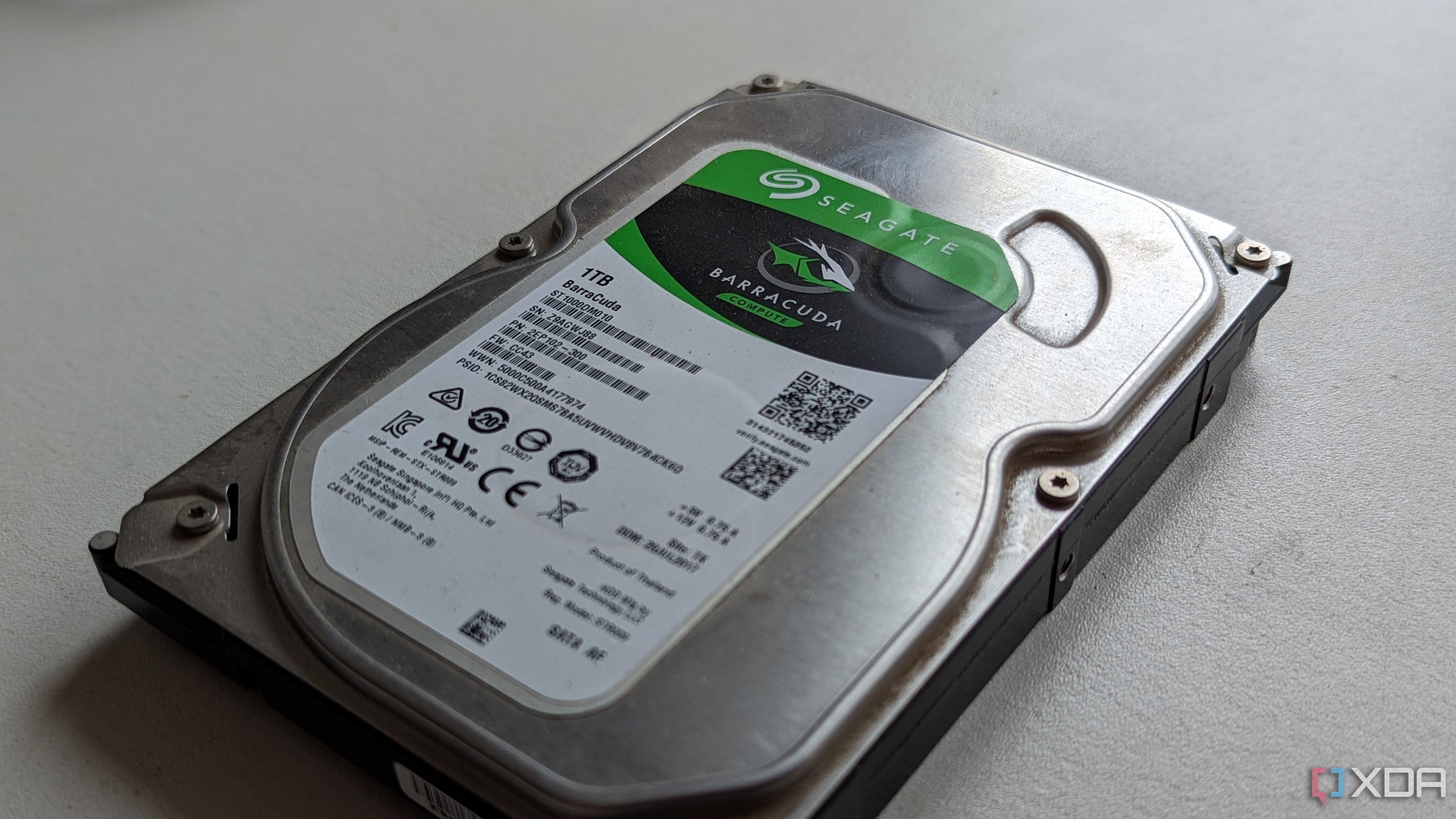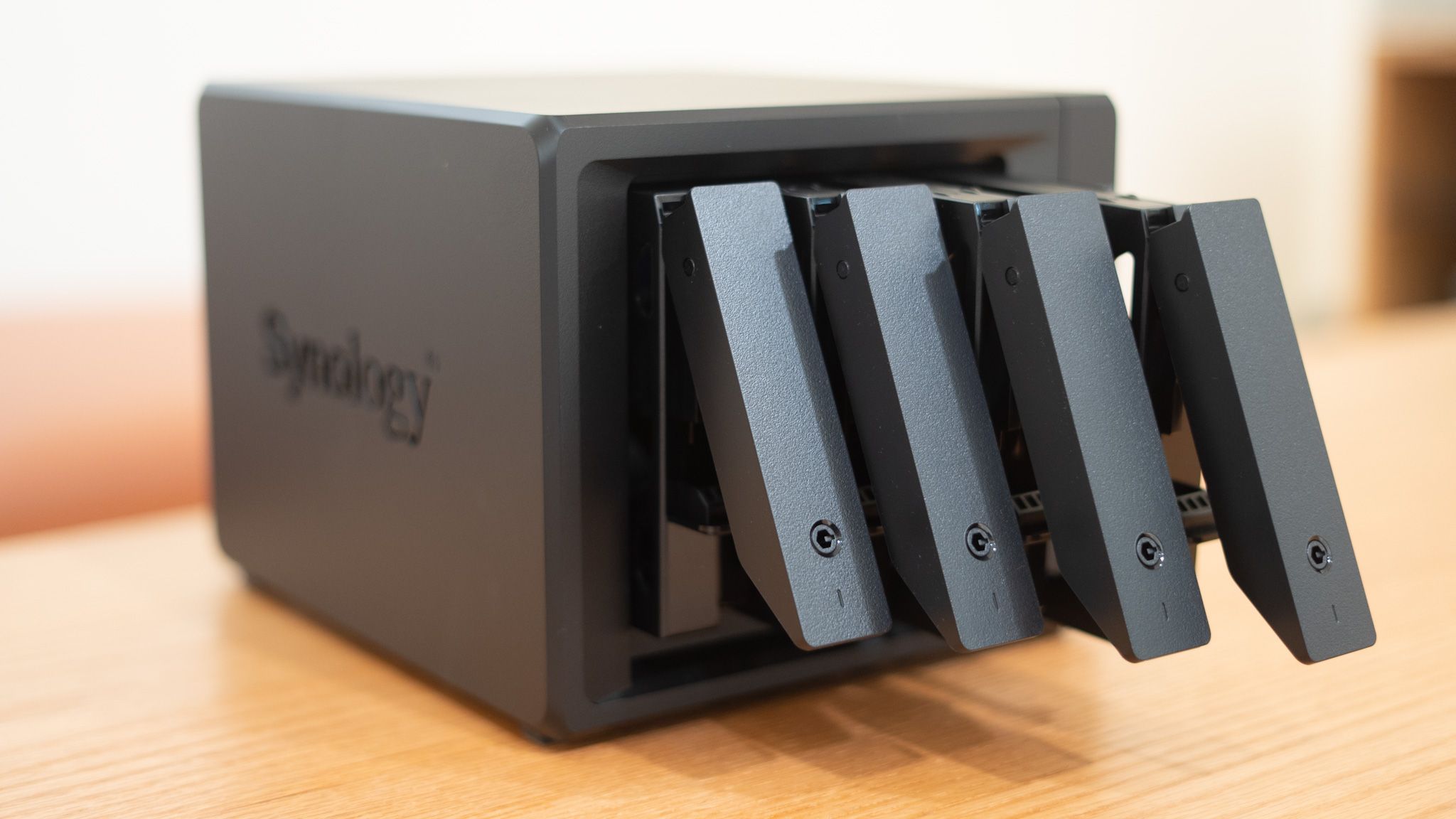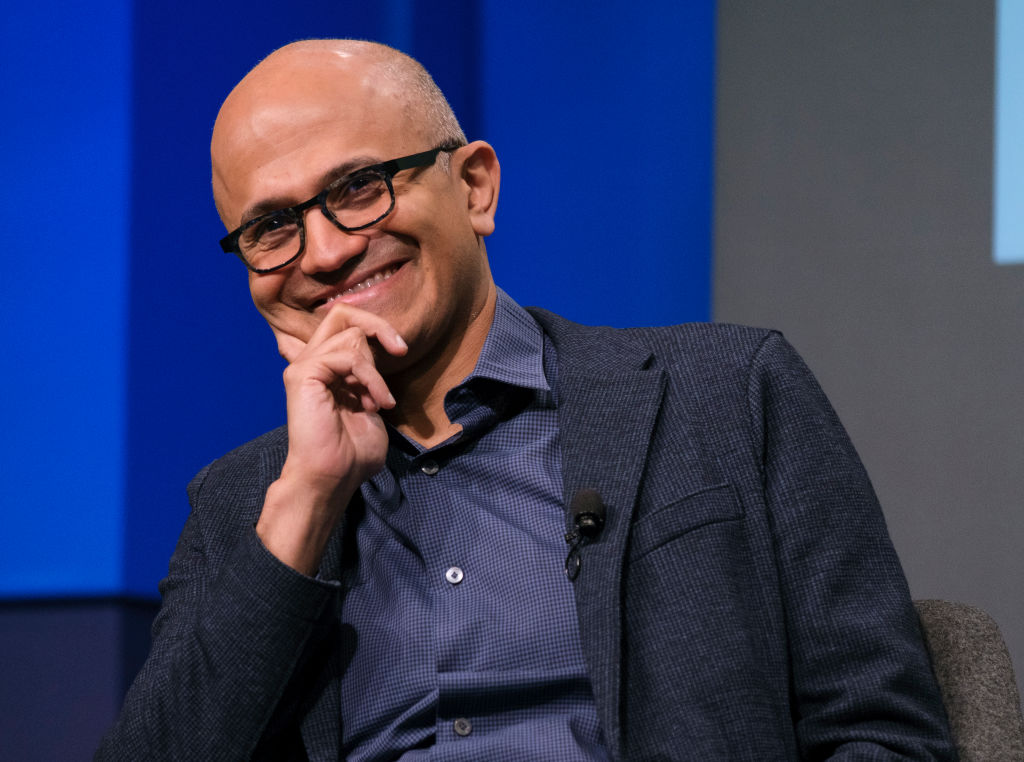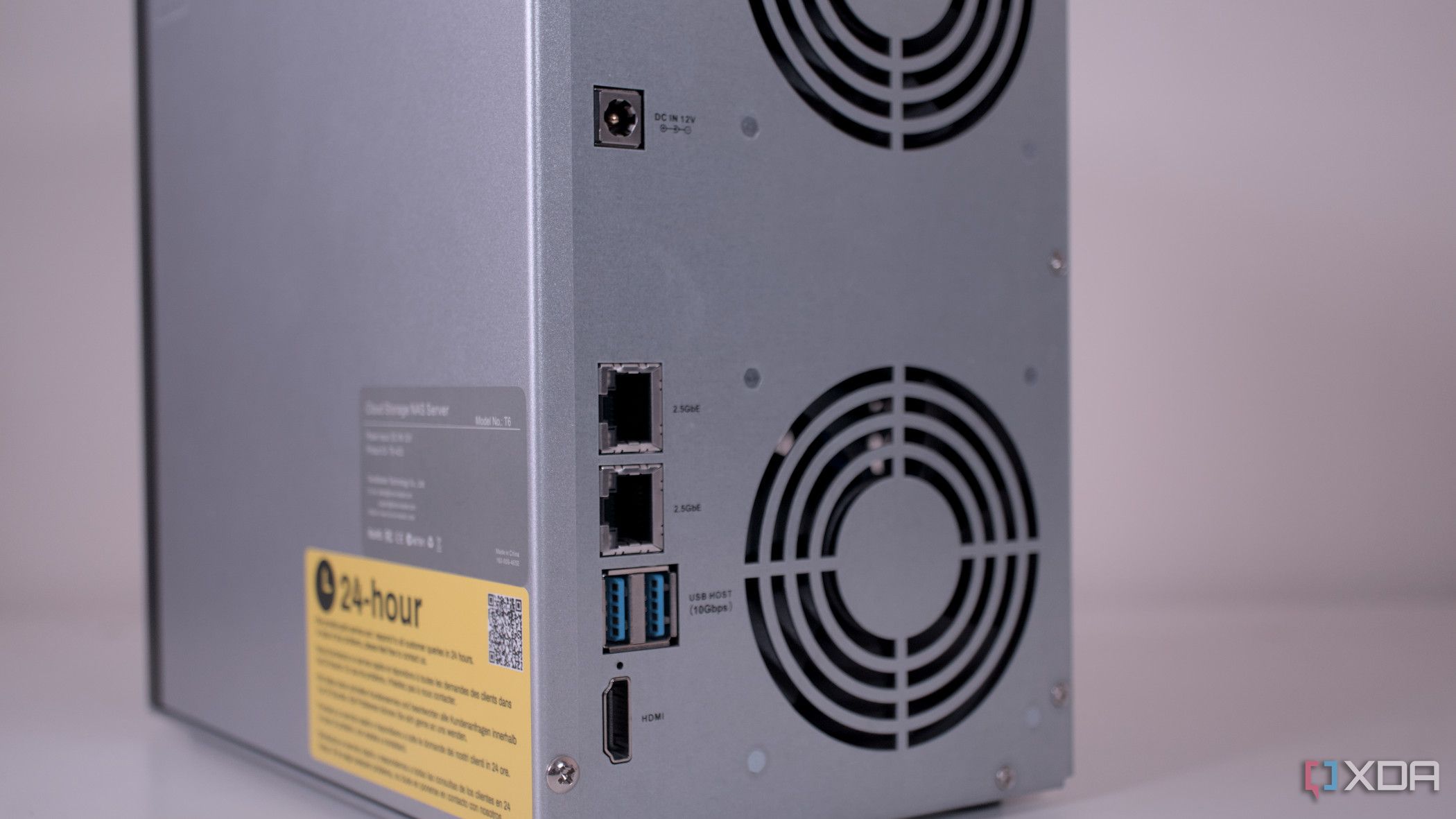When I first got into NAS systems, I used to obsess over processor speeds, RAM, hardware transcoding, and whether the interface had all the bells and whistles as some of the alternatives offered. Dual Ethernet ports for aggregation, maybe even PCIe expansion to add a 10GbE card, were some of my more recent obsessions. But over time, I realized none of that really mattered as much as one thing: whether I could actually expand my storage down the line. Because, as anyone who stores a lot of data will tell you, it creeps up on you fast. One minute you’re backing up a few photos, and the next you’re hoarding 4K videos, photos, music, and a whole lot of data. And the primary purpose of a NAS is to serve up storage. Everything else, including the ability to work as a server, is effectively secondary.
Expansion — being able to add more drives or grow your setup without starting from scratch with ease — has become the number one spec I look for. And if you’re planning to keep your NAS around for years, it should probably be yours too.

Does it matter what kind of hard drive you use in a NAS? Here's what you need to consider
You can use any drive inside a NAS ... but how long it will last is a whole different question.
The expansion lesson I learned the hard way
The problem with outgrowing your NAS too soon

When I bought my first NAS in 2012, I figured two drive bays would be plenty. I wasn’t running a business—just some media storage, maybe a backup or two. But six months in, I was already wishing I had gone with more. It wasn’t just about physical space —it was about flexibility. Could I plug in an expansion unit later? Would the system recognize bigger drives if I swapped them out? Could I use the drives I already had lying around?
That’s when it hit me: it’s not just how much storage you have today that matters. It’s how easy it is to grow into the storage you’ll need tomorrow. A two-bay system would require me to toss out a hard drive if I wanted to upgrade, while a four-bay system would let me add an additional one. This sounds obvious if you've been in the ecosystem for a while, but it isn't always to someone just starting out.
Synology’s 2025 move made me reevaluate everything
What good is a NAS if you can’t expand it?

Synology has long been my go-to for NAS hardware. My first NAS, the DS212j, was a Synology. I've since accumulated a collection of six Synology NAS drives of varying pedigree. It’s polished, reliable, and their DSM software is top-notch. But their recent announcement gave me serious pause. Starting with the 2025 Plus series models, they’re enforcing tight compatibility with their own branded hard drives or certified third-party ones. And if you try to use other drives? Well, for one, you can't initiate the NAS itself. But if you do plan to add additional non-Synology drives to the system, you'll realize that you've lost the ability to add them to an existing storage pool.
Let that sink in for a second. Even if you have a perfectly good drive sitting right there, your shiny new NAS might just reject it. That kind of restriction feels like a huge step backward, especially for people like me who’ve spent years building flexible, DIY-friendly systems. It’s not just about losing cool features like drive health monitoring or auto-firmware updates. It’s about the core of what makes a NAS useful in the long term — expansion, swapability, and freedom.
This policy shift really made me reflect on what I want out of my setup. When I buy a NAS, I’m not thinking about the next six months. I’m thinking five years out. Will I be able to find affordable drives when I need them? What if Synology stops selling a certain model? More importantly, will I be able to find a Synology hard drive easily if a drive decides to die on me? I can order a Western Digital hard drive from Amazon and have it available to me the next morning. That's just not true for Synology drives.
Locking yourself into a proprietary drive ecosystem feels risky and expensive. Sure, it might work great now, but what happens when things change? And in tech, things always change. Lately, I’ve been more intentional about what I buy. I’m sticking with pre-2025 Synology models for now. They’re still great and don’t have these new restrictions. I’ve also started seriously looking at other brands again, ones that don’t force you into specific hardware and give you more control over your build.
And I’ll be honest: For the first time, I'm very seriously considering building a DIY NAS. A custom build with TrueNAS or Unraid gives me total control, and the open ecosystem appeals to the tinkerer in me. It’s more work upfront, sure, but the long-term flexibility might just be worth it.
If you’re just getting started, learn from me
If I could give one piece of advice to someone buying their first NAS, it’d be this: don’t obsess over the spec sheet. Clock speeds and RAM matter much less than the ability to grow with your data. Get something that lets you expand. Make sure it plays nice with third-party drives. And think about the day you’ll run out of space, because it’s going to come faster than you think. When that day comes, you’ll thank yourself for choosing a system that doesn’t box you in. Synology’s 2025 models are a perfect example. If expansion and flexibility matter to you, and they should, then it’s time to be a little more cautious about what you buy.
For me, expansion isn’t just another spec. That’s the whole point. Because if your NAS can’t grow with you, you’re going to end up replacing it a lot sooner than you’d like. And that’s not future-proofing. That’s just expensive.
.png)










 English (US) ·
English (US) ·